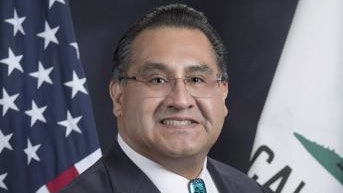The year is 1995. Governmental bodies and institutions receiving federal funding are mandated by the 1990 Native American Graves Protection and Repatriation Act (NAGPRA) to complete inventories of their collections of Native American remains and cultural items. But nearly three decades later, that inventory work is unfinished along with repatriation efforts for such remains and artifacts, according to multiple Native American experts and report findings.
 James C. Ramos
James C. Ramos
In response to these ongoing shortcomings, lawmakers have proposed and passed legislation to help move the process along, this time keeping a closer eye on the institutions in question.
"Those are people. Those are loved ones of our people that need to go back into the ground,” says California Assemblymember James C. Ramos, author of two bills signed by California Gov. Gavin Newsom in October in pursuit of hastening the pace of repatriations from the state’s schools. “California Indian people have suffered through different colonialism eras. Don't we owe it now, in the year 2023, to get those remains back to the rightful people for proper reburial, no longer holding them as trophy cases but putting them back into the ground where proper respect needs to be done?"
Incomplete, inadequate
“Since the passage of NAGPRA in 1990, less than half of the Native American ancestral remains in collections have been repatriated to their traditional caretakers. Over 117,576 Native American individuals are still in museum and federal agency collections, and 94% of those have not been culturally affiliated with any present-day Indian Tribe or Native Hawaiian organization,” notes Joy Beasley in a 2022 statement before the U.S. Senate Committee on Indian Affairs. Beasley is associate director of cultural resources, partnerships, and science for the National Park Service (NPS).
These stark shortcomings – in the face of NAGPRA and California’s 2001 CalNAGPRA – have been the topic of more than one state audit and report in recent years.




















